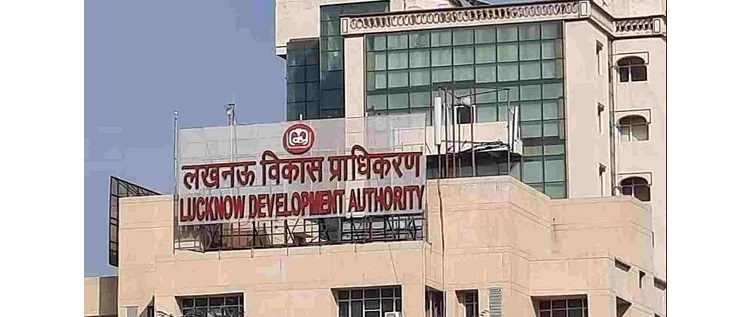E - PAPER
Smaller cities attracting migrants
Attractive incomes, ample employment opportunities and comparatively low living costs are driving interstate migrant populations to smaller cities that are emerging as counter-magnets to megalopolis. Analysis of various reports shows that smaller cities are rapidly growing, but at the same time stru
 BY
admin
BY
admin
Published - Friday, 17 May, 2019

Attractive incomes, ample employment opportunities and comparatively low living costs are driving interstate migrant populations to smaller cities that are emerging as counter-magnets to megalopolis. Analysis of various reports shows that smaller cities are rapidly growing, but at the same time struggling to cope with the infrastructure demands as civic revenue resources are on decline.
Cities, including Surat, Faridabad and Ludhiana total over 55 per cent of in-migrants while Jaipur is growing as the urban agglomeration with migration spreading to the suburbs.
According to the 2011 Census, population of Class I cities (more than 1 lakh population) is on the rise. In 2001, the total number of Class I cities was 441, which constituted 62.29 per cent of the total urban population, while in 2011, the number of Class I cities increased to 468, constituting 70.24 per cent of total urban population. Not surprisingly, the share of the workforce engaged in the agriculture sector (cultivators and labourers) came down from 58.2 per cent in 2001 to 54.6 per cent in 2011.
However, municipal bodies in smaller cities are facing a daunting challenge to accommodate the rising population because of inadequate revenue resources.
RELATED STORY VIEW MORE
TOP STORY VIEW MORE

Mixed Outlook for Australia's Housing Sector In 2024
Mixed Outlook for Australia's Housing Sector In 2024
05 December, 2024NEWS LETTER
Subscribe for our news letter
E - PAPER
-

CURRENT MONTH 
LAST MONTH














